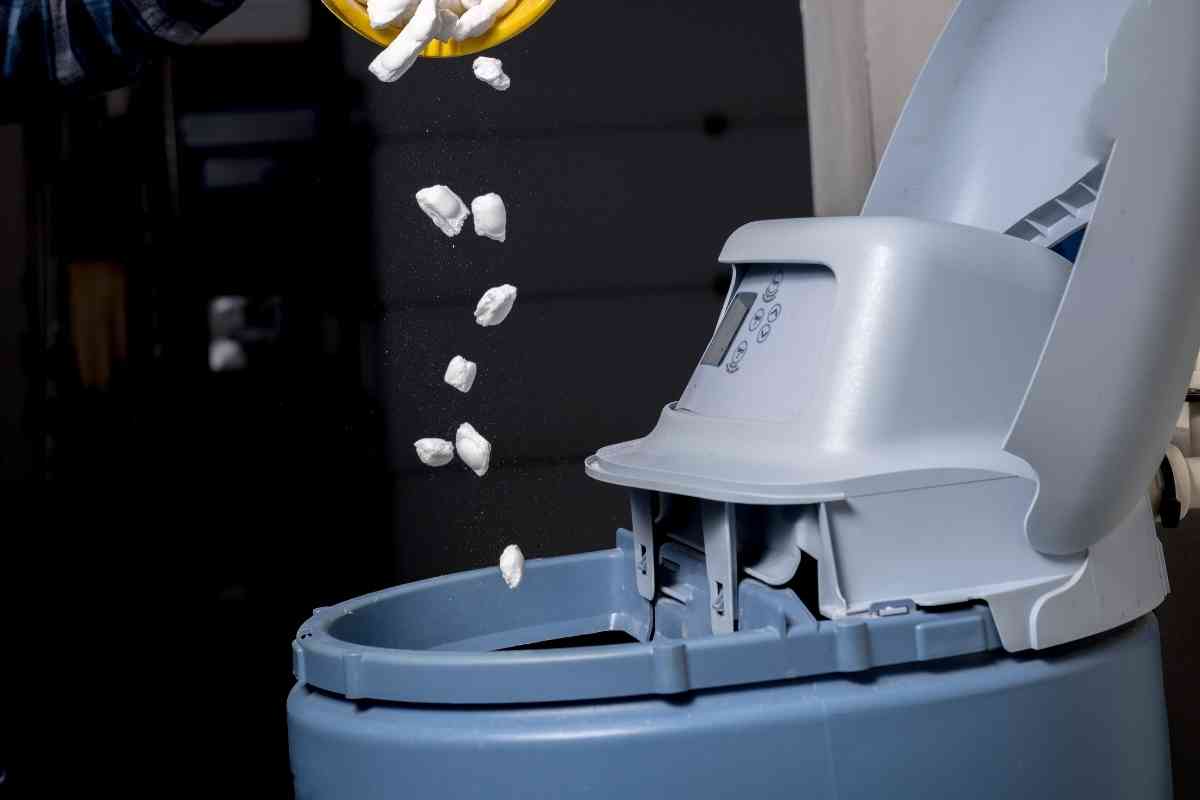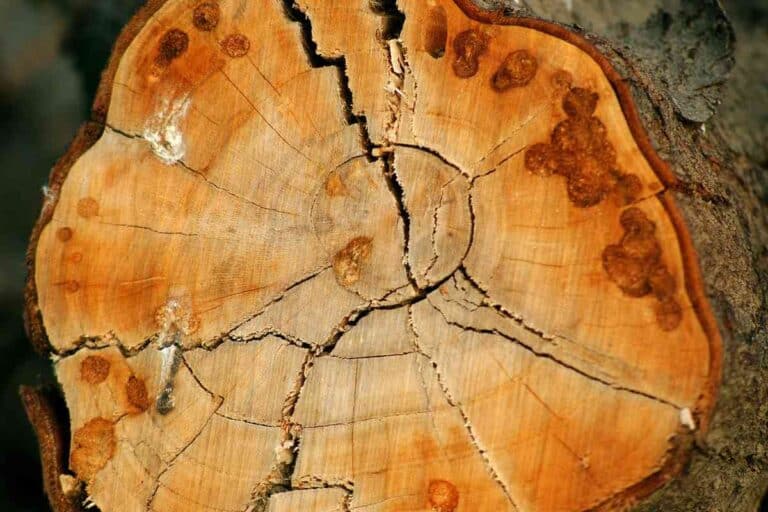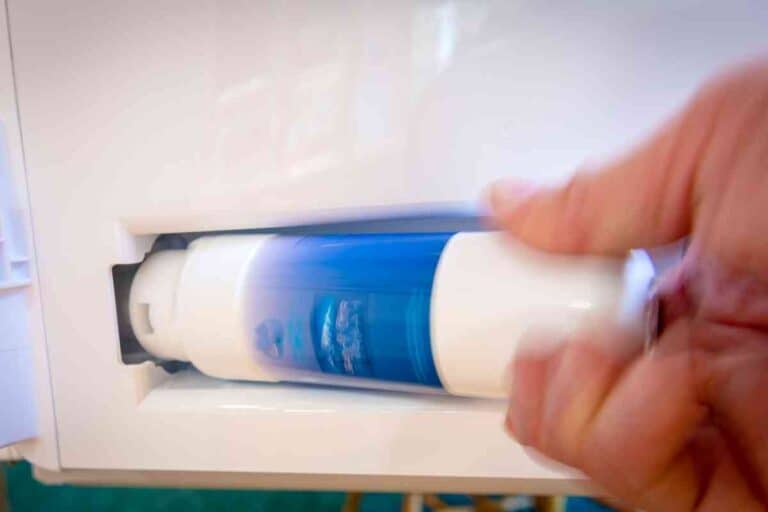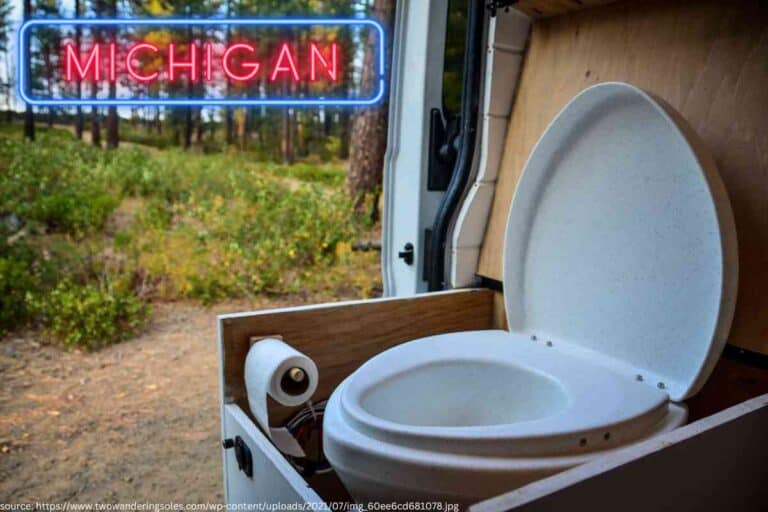Culligan Water Softener: A 10-Step Troubleshooting Guide
If you own a Culligan water softener, it is of the utmost importance that you know how to troubleshoot issues that arise. If something goes wrong with your Culligan water softener, you can potentially resolve the issue on your own or know when to call for a repairman if you know how to troubleshoot.

How do you troubleshoot a Culligan water softener?
To troubleshoot your Culligan water softener, you must take note of the issue, determine what could have caused the problem, attempt to resolve the issue, and then call a repairman if necessary.
Having the ability to troubleshoot common issues with a Culligan water softener will not only save you time, but it will also save you money. You can resolve problems at home efficiently so that you are not without your water softener for a long time. Back to hot showers and clean drinking water again!
The information in this article has been provided by the installation experts at Culligan as well as experts in the industry and is the most accurate information for troubleshooting your Culligan water softener.
Culligan Water Softener Overview
Culligan’s range of water softeners is made to provide high-quality water softeners and filtration systems at all price points. They are also made in different sizes so you can use them in any living situation, including cabins, tiny homes, houseboats, and large properties.
Aquasential Smart High-Efficiency Water Softener
The Aquasential Smart high-efficiency water softener system is deemed the world’s most efficient water softener and is sought after by many households.
- Reduces operating costs by up to 46%
- Salt delivery and maintenance schedule by Culligan
- Ability to set goals for water usage
- Track water conservation progress through the Culligan Connect app
- Notified via the app when maintenance of this equipment is needed
- Salt level monitor and salt refill alerts
- Regenerates only when necessary
Culligan High-Efficiency 1” and 1.25” Water Softener
The Culligan high-efficiency water softener systems come in a 1” and 1.25” valve option with a long list of great features.
- Features Aqua-Sensor technology
- Regenerates only as needed
- Costs reduced by up to 46%
- Automatic bypass valve to be used when watering outdoors
- Non-corrosive valve
- Four-layer design to resist UV rays, rust, and corrosion
- 1” or 1.25” for uninterrupted water pressure
- Easy-to-read backlit display
- Ability to customize water softness
Aquasential Select Series Water Softener
The Aquasential select series water softener system offers a lot of the great features of a Culligan water softener but at a more affordable price point.
- Third-party certified
- Ability to generate extra softened water with guest cycle recharge
- Cost savings with use of this water softener
- Demand regeneration to save salt, water, and electricity
- Dual-Safe brine refill
Aquasential Smart High-Efficiency Municipal Water Softener
The Aquasential smart high-efficiency municipal water softeners offer a wide range of features that extend beyond your typical water softener for many added benefits.
- Softens water and reduces chlorine
- Multiple-use treatment systems in one
- Automatically notifies your Culligan water expert when the system needs service
- Regenerates only when needed to increase energy efficiency
- Automatic bypass valve
- Non-corrosive valve provides increased reliability
- High-impact Quadra-Hull tank is designed for storage outdoors
- Activated carbon media to reduce chlorine as well as odors
- Meters automatically monitor salt levels
- Water softness valve to customize water softness level
HE Municipal Water Conditioner
The Culligan HE municipal water conditioner offers an all-in-one system with multiple features for larger properties.
- Reduces chlorine effects and softens water
- Water treatment and softening for larger properties
- Helps water taste and smell better by reducing contaminants
- Daily water usage is monitored
- Advanced system diagnostics with Culligan Soft-Minder Meter
- Automatic bypass valve for outdoor water usage
- Non-corrosive valve to provide more reliability
- Quadra-Hull tank for outdoor storage
Aquasential Smart High-Efficiency Water Softener Cleer
The Aquasential smart high-efficiency water softener cleer is a system that provides both water softening and water filtration throughout a home.
- Detects unwanted bacteria automatically and adjusts filtration
- The system can be managed from anywhere through Culligan Connect app
- Conditions water using chlorine to reduce iron and sulfur
- Non-corrosive valve
- Easy-to-read display
- Gives cleaner, better-tasting water by targeting bacteria
HE Softener-Cleer Home Water Conditioner
This HE softener-cleer water home conditioner is a water softener and filtration system that uses Smart Technology to ensure that your household will have the best quality of water possible.
- Reduces water hardness as well as taste, odor, and iron issues.
- Uses chlorine to condition water in order to reduce iron and sulfur
- Easy-to-read display
- Non-corrosive valve
- Automatic bypass valve for outdoor water usage
- Daily water use is monitored
Medallist Series Home Water Softener
With an affordable design, the Medallist series home water softener is designed to offer all of the same great features at a better price point.
- Third-party certified
- Solid tank design that is built to stand the test of time
- Extra supply of soft water at the push of a button
- Dual-safe brine refill
- Demand regeneration to help save on salt, water, and electricity

Troubleshooting Culligan Water Softener
Brine Tank Full of Water
If the brine tank is full of water, it is important to check a few things to find out what could be causing the issue. More than likely, this issue is caused by some sort of clogging. Examine the brine line and valve to ensure no clogs are present that you can detect.
If you do not see any clogs, check to see if the O-ring on the brine valve assembly is worn out or broken. If that is the case, then you will just need to replace the O-ring.
The brine tank float switch could be crooked or broken as well. This would cause the tank to fill to the wrong level and potentially fill too much. Check the brine tank float switch, and if it is broken, it will need to be replaced.
Hard Water Coming Through System
If you have noticed that you are not getting soft water through the system, then it is a good idea to check a couple of things before calling Culligan.
Be sure to check that the water softener bypass valve is not switched on. Occasionally it can get switched on accidentally so this is the first thing that should be checked.
If the bypass valve is not open, then it is a good idea to check the electrical power to the unit. Ensure it is properly plugged into the power outlet as well as plugged in properly into the unit.
The next step is to check that there is enough salt in the tank and check to be sure there is not a salt bridge. If there is a salt bridge, then you can gently break it apart with the end of a mop or broom to get things functioning properly again.
If you have not yet found an issue, you can try a manual regeneration cycle to see if that will jumpstart the system properly and flush everything out. If after a manual regeneration you are still having hard water flowing through the system, then it would be a good idea to have a Culligan expert come to inspect the unit and make the repairs as needed.
System Not Using Salt
If it does not appear that the system is using salt as it should be, then there is a good chance that there is a salt bridge.
To check for a salt bridge, take a mop or brown and insert the end into the brine tank. If you hit something hard, it is most likely a salt bridge. You can use the end of the mop or broom to gently break apart the salt bridge. If there are large chunks of salt floating, you can remove those and add additional salt if needed. This should resolve the issue.
Low Water Level in Brine Tank
If you notice that the water level in the brine tank is too low, there are a few reasons that could be causing this.
The first thing to check is the brine tank float switch. If the float switch is crooked or broken, this can cause the water level to not fill properly. If it is crooked it just needs to be straightened, but if it is broken then it will need replacement.
If there is not issue with the float switch then the float switch could also be stuck. If this is the problem then all of the parts within the brine well will need to be thoroughly cleaned in order to resolve the issue.
A clogged brine line or valve can also cause a lower water level in the brine tank. You can clean the brine line and valve in hot water and then flush it to see if this will fix the problem.
Brown Water in Tank
Brown water in the brine tank can look quite alarming. There are typically two causes of brown water in the tank and they can be resolved fairly easily.
The first reason this could be occurring is due to rust in the tank. If you look in the tank and notice rust, then you need to thoroughly clean the brine tank. There could also be rust or minerals in your plumbing.
If there is no rust in the tank, then it could potentially be that there is dirt particles or sediment in the salt tank and that is what is causing the water to look brown. This issue has the same resolution. Clean the brine tank thoroughly and put fresh salt in to see if that resolves the issue.
Discolored Soft Water
If you begin to notice that your softened water is discolored, there are a few things can could be contributing to this issue.
There is potentially rust in the water, which means that the brine tank needs to be cleaned. There could be rust accumulating in the brine tank, which is then causing the water to be discolored.
Another reason for discolored soft water is that there is dirt in the salt. This is also resolved by cleaning the brine tank thoroughly.
If neither of these appears to be the issue, then the resin bed could be fouled. You might also notice a foul odor in your water, a decrease in softening capacity, and cloudiness. You may need to clean or sanitize the resin bed, increase the frequency of regeneration, and potentially decrease the amount of salt. You don’t want too much salt in the water supply, but not enough salt per gallon of water will make the device inefficient.
Low Water Pressure
Low water pressure can be a cause for concern if you have a water softening system. The best thing to check first is to see if the water softening system is causing it or if it is an issue with your water source.
An easy way to check this is to switch on the bypass valve. Once the bypass valves are switched on, then check the water pressure. If it is still low, then you know it is not an issue with the water softening system. However, if your pressure gets better when the system is bypassed, then it is a good idea to check a couple of things.
One cause could be a dirty or worn-down resin bed. If you look at the resin bed and it is extremely dirty then you may need to clean and sanitize it. Once you do this, it could be a good idea to set your regeneration more frequently in order to reduce the amount of buildup that occurs in the resin bed.
There is also a chance that the resin beads are completely worn out. If you rub a few beads between your fingers and they crumble, then there is a good chance that they need replacement.
Finding Resin Beads in Water System
If you are finding resin beads in the water system, then it is important to check a couple of things to find out what might be going on.
The first thing is to check if the riser tube basket is cracked. You will want to put the water softener system on bypass and flush the entire water system. It is a good idea to also run your appliances as well to flush those. You would need to replace the riser tube if it was cracked to ensure this does not happen again.
A worn-out resin bed could also cause the resin beads to get into the water system. This solution is the same. Put the system on bypass and flush the entire water system. Run your appliances and clean them if needed. If you rub resin beads between your fingers and they crumble, then you know that you need to replace the resin bed.
Salty or Slippery Water
If the water is salty or overly slippery, you may need to do something as simple as reducing the amount of salt in the system.
It is also important to check the hose drain hose/control and remove a blockage if there is one. This could also be causing an issue with your water being salty or too slippery.
System Not Regenerating Properly
If the system is not regenerating properly, there are quite a few reasons that could be behind this issue.
The first thing to do is check the timer. Make sure it is not broken or configured improperly. If the timer is broken, it will need to be replaced, but if it is not configured properly, you just need to adjust your water softener’s settings.
There could possibly be a clogged injector or venturi, which requires cleaning and making sure to remove any blockages. Blockage of the drain hose or control is also possible and will require cleaning and removal of any blockage.
Salt bridging or mushing can create an issue with regeneration as well. If there is a salt bridge or the salt is mushing, you will need to use a broom or mop handle and break it up. Remove the large chunks and refill it as necessary with salt.
A dirty or worn-out resin bed needs to be examined and replaced or cleaned as needed. The system cannot regenerate properly without the resin bed being clean and fully functional.
A motor failure is rare, but it is worth checking the motor if you check through the other issues. If it has failed, a Culligan technician will need to come out and replace the motor.






